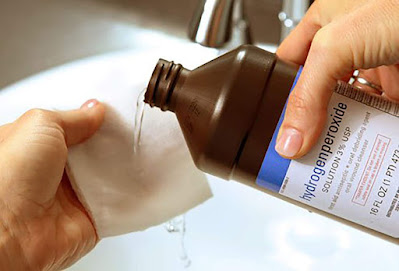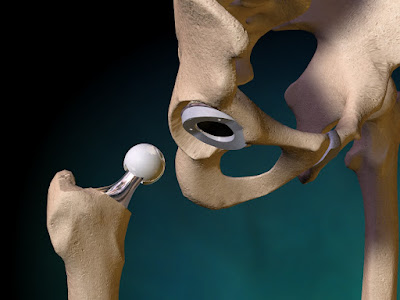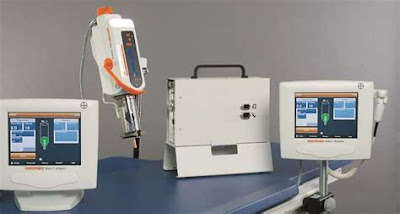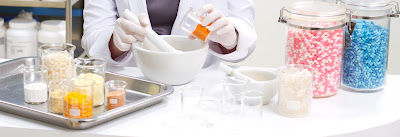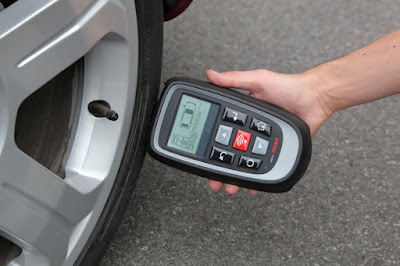Waterjet cutting machines are used to cut a wide range of materials using high-pressure water cutting or a mixture of abrasives and water. These machines are commonly used to cut a wide range of materials, such as textiles, foam, rubber, plastics, composites, leather, stone, metals, glass, food, tile, and paper, among others. The most common materials are metals (especially aluminum, because it is relatively soft and cuts quickly), because waterjet cutting machines can cut very complex shapes quickly and economically with high precision.
Waterjet cutting is a cold cutting process that eliminates slag deformation and gross waste. This is the preferred or ideal method when the material being cut is sensitive to the high temperature produced by other methods; for instance, aluminum and plastic. Waterjet cutting machines are often used in various end-use industries, such as construction, mining, automotive, aerospace, electronics, food, and textile, among others. In the food industry, these machines are used as a part of the food production or used for the fabrication of the actual food processing equipment.
In the automotive industry, waterjet cutting machines are used to cut titanium, steel, and other metals, as well as carpets, headliners, and door panels. Moreover, they are used to manufacture metal gaskets, brake disks, clutch, vehicle bodies, components for racing cars, and/or intricate decorative fittings and brackets. While, in the electronics industry, these machines are used for cutting and designing of circuit boards, control panels, electrical enclosures, components for generators, and other electronic equipment.
Thus, with the rapid growth of the aforementioned industries and growing inclination towards waterjet cutting machine, the demand for waterjet cutting machines is also increasing with a rapid pace. For instance, according to the selectusa.gov, the U.S. Department of Commerce's International Trade Administration, in 2018, U.S. light vehicle sales reached 17.2 million units, the 4th straight year in which sales reached or surpassed 17 million units. While, total foreign direct investment in the U.S. automotive industry reached US$ 114.6 billion in 2018.








